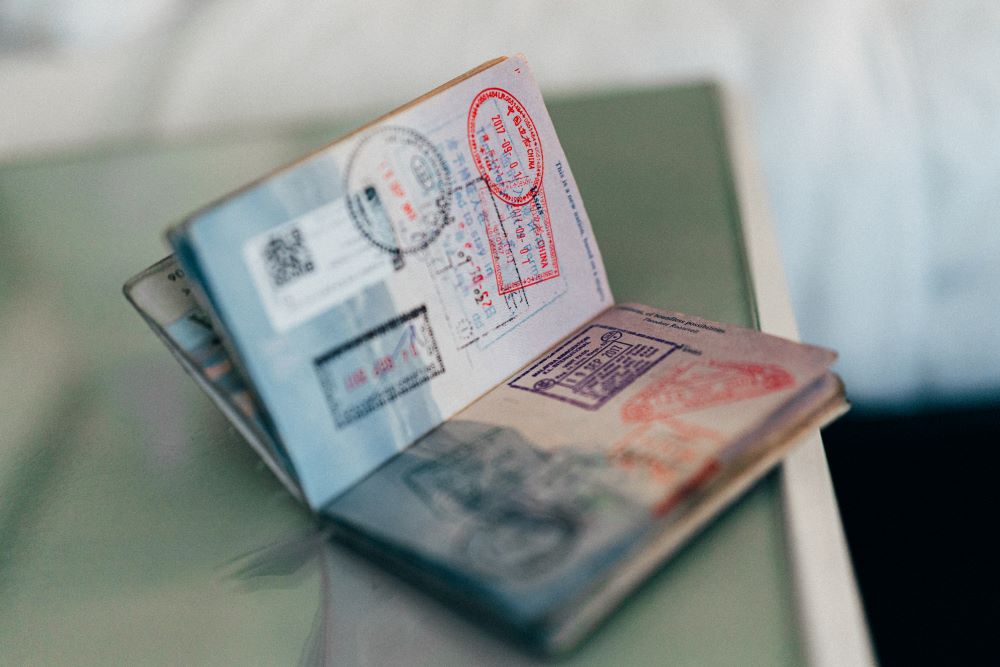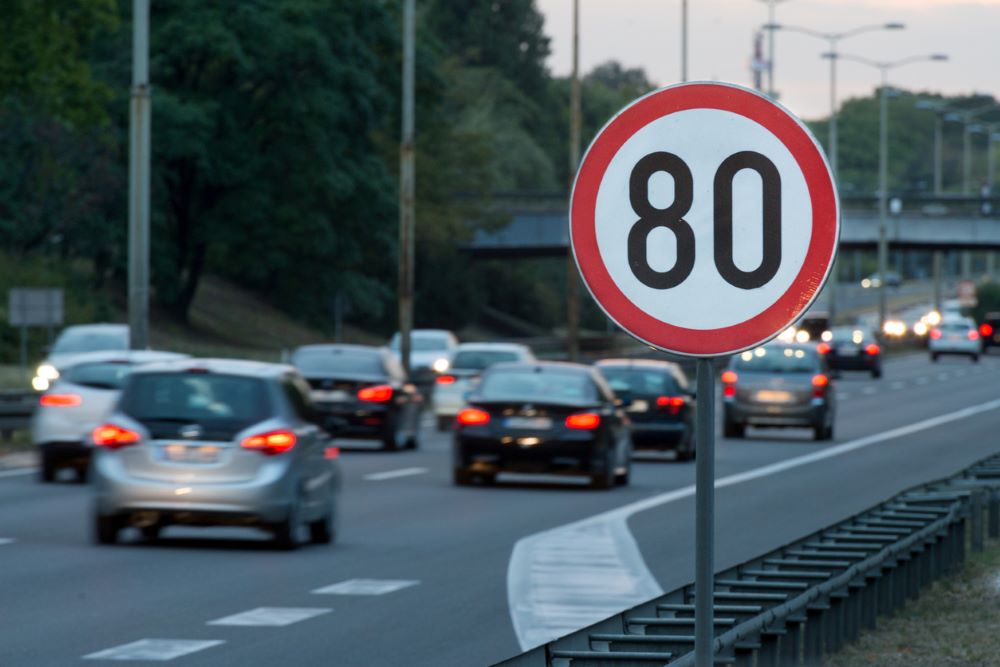10 Rules You Need to Know Before Driving an HGV in Europe
It’s fair to say that the UK’s relationship with the rest of Europe has changed fairly significantly in recent years.
The UK officially left the EU on 31 January 2020, following 2016’s Brexit referendum and years of negotiations. Since then, a whole host of laws and legislation have changed – particularly for businesses based in Britain but who have operations on the continent.
Some of these rule changes impact HGV lorry drivers who travel to Europe for work purposes.
If you drive an HGV that regularly travels to Europe or if you’re planning on starting to do so, there are a number of driving rules that you should be aware of.
Driving documents
To drive on European roads, you’ll need to make sure you have a few driving documents to hand. This includes your UK driving licence, and you must have this on you at all times. In most cases, having your photocard driving licence is enough to be allowed in EU countries.
However, if your licence has been issued in Guernsey, Jersey or the Isle of Man, then you will need an International Driving Permit (IDP). Currently, an IDP costs £5.50 and is available to all British drivers who are 18 or older.

Passport rule change
Many holiday goers and travellers have been stung by passport rules that have changed slightly since the UK has left the EU. In the past, as long as you had six months remaining on your passport you’d be able to travel – but this has now slightly changed.
Before setting off on your drive to Europe, you should check that:
- Your passport is less than 10 years old from the date of issue
- Your passport is valid for at least three months after you’ve left

Visas
If you regularly drive an HGV in Europe, you need to be aware of the new rules regarding visas. Before the Brexit referendum, the UK was part of the freedom of movement legislation which meant British workers could move through any EU country visa-free for as long as they wished, but this has now changed.
Visas are not required for short trips (defined as a 90-day stay in a 180-day period) however for those studying or working in the EU outside these parameters, a visa will likely be required. Every country in the EU has slightly different rules and guidance on these visas, so you’ll need to check your requirements beforehand.

New UK Stickers
Previously, all British vehicles in Europe were required to have a GB sticker on the back of trucks or trailers. But, this changed in September 2021 and now motorists have to have a UK sticker in order to be allowed to travel on European roads. You can get these stickers online or in post offices for around £1.50.
Be aware of changing speed limits
Most seasoned European drivers will probably be aware, but unlike in the UK, some parts of the continent have changing speed limits depending on the weather.
For example, in France, the speed limit on motorways when the weather is dry is 80mph, but when the rain appears it is automatically reduced to 68mph. Drivers are expected to know this, so make sure to check speed limit rules before you travel.

Truck and trailer insurance
When driving an HGV in Europe, you must have truck and trailer insurance. Often described as a ‘green card’, you should apply for one at least a month before you’re planning on driving in Europe.
In some cases, you might need more than one green card. This could include:
- You operate a fleet (each vehicle will need its own green card)
- You are towing a trailer or caravan (Both the truck and the trailer will need individual green cards)
- If your insurance policy renews mid-journey you will need one green card per policy
Breakdown kits
In many European countries, it’s a legal requirement to have appropriate breakdown equipment in your car in case of an emergency.
For example, in Spain, Portugal, Belgium, Germany and Italy, it’s illegal not to have a reflective jacket, spare tyre and warning triangle in your car. France has included breathalysers on this list, and in Switzerland, you also must have snow chains on the vehicle’s wheels in wintertime.
Make sure to check the requirements of the country you’re travelling in before you visit, so as not to be caught out.
Restricted driving zones
In some cases, there are specific rules regarding where you can and cannot drive in Europe. For example, many Italian cities, like Rome, Florence and Milan, will not allow you to drive in certain areas. This is largely because they’re looking to reduce traffic in tourist areas, or lesen pollution and decay to beauty spots and historical buildings.
Often, GPS’ will not show these restricted driving zones but 24 hours CCTV will be in operation and a hefty fine will come your way if you breach these rules. Again, it’s always a good idea to check your route before travelling.

Sundays and public holidays
Many countries in Europe will not allow HGVs to drive on Sundays or public holidays. This is because they believe that these days should be free of disruption, and so impose bans at certain times. While every nation is different, some of the countries that have these restrictions in place include:
- France – From 10pm on Saturdays (or the eve of public holidays) to 10pm on Sundays, all commercial vehicles weighing more than 7.5 tonnes are not allowed to operate. The same goes for public holidays, but there are restrictions for HGVs that are transporting perishables, refrigerated produce, and goods for sporting events
- Germany – Any vehicle heavier than 7.5 tonnes, or any vehicle carrying a trailer (irrespective of weight) is banned from travelling on Sundays and on public holidays from midnight – 10pm
- Italy – On Sundays between October-May, vehicles heavier than 7.5 tonnes are banned from 8am-10pm. From June to September the restrictions are in place from 7am to midnight. These bans are also in place on public holidays and when local authorities decided there is too much ‘heavy traffic’
- Spain – Other than vehicles transporting livestock and fresh milk, Spain has a wide range of restrictions on vehicles heavier than 7.5 tonnes. Every region is different so it’s important to check before you travel. Fines in Spain are extremely severe so make sure you’re informed beforehand.
There are no restrictions or bans in the Netherlands or Belgium, and if the country you’re heading to is not listed here, check their specific rules on the Government’s website.
Priority to the right
You’re probably used to giving way to traffic from the right on roundabouts here in the UK, but in some parts of Europe, all traffic on the right has priority. This is particularly the case in France and Italy. If you’re in areas where this is required, you’ll be informed by yellow diamond road signs on the side of the road. These will mark where these areas start and end, and when driving in these zones you’ll be expected to give way to all traffic joining the road from your right.
At Health & Safety Ltd, we offer a wide range of training courses in many areas. This includes HGV training, where our experienced and qualified training providers will teach you all the skills you need to safely and efficiently operate these vehicles. To learn more, or to find out about the range of other training courses we provide, get in touch with our team today.
First Aid Training Quiz The Best Service Stations in the UK





